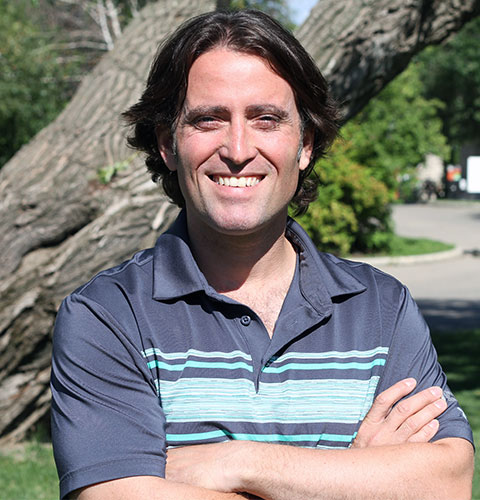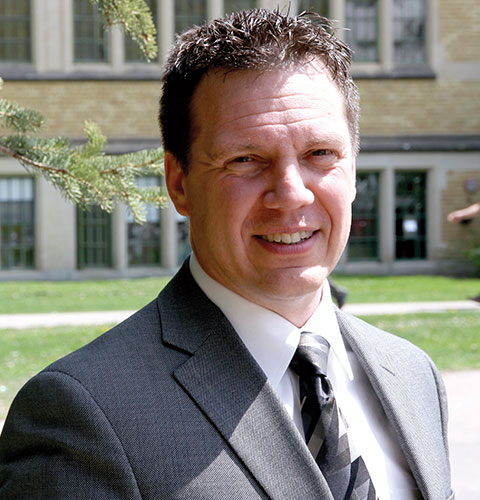Paris Climate Accord trumps U.S. withdrawal
On June 1, President Donald Trump announced plans to pull the United States out of the Paris Climate Accord, a decision that critics have said could lead to harsh consequences for communities relying on a federal move toward climate change mitigation.
By HenryTye GlazebrookBut if you ask Philip Loring, an associate professor with the University of Saskatchewan School of Environment and Sustainability (SENS), some of those consequences have already come to pass.
Loring does much of his work with local communities in Alaska, where he’s witnessed firsthand the effects of climate change—everything from water treatment centres overwhelmed by silt from melting permafrost to coastal populations pulling up stakes and moving inland to keep from washing away with rising tides.

“You go to communities where permafrost is thawing out from under the water treatment facility and you see a crack in the floor from one side of the building to another,” Loring said.
“The ground is changing, and what was once permafrost is not anymore. That can happen underneath water and wastewater mains that are above ground in a lot of these communities, and the pipes sink.”
Built within the framework of the United Nations and signed by 194 of its 196 members, the Paris Climate Accord is a globe-spanning agreement aimed at holding the worldwide increase in temperature at two degrees celsius by tackling issues of climate change and greenhouse gas emissions.
The accord, which is also designed to ease adaptation to changing climates and alleviate financial issues created therein, is both wholly voluntary and structured so as to create more substantial goals for more developed regions such as Canada, the United States and the United Kingdom.
Despite involvement being left up to each country’s own discretion, researchers like Loring are already concerned with how movement away from the Paris Climate Accord could affect issues of federal funding for institutions like the U.S. Environmental Protection Agency (EPA), which issues grants to areas already facing direct consequences of climate change.
“There are communities in coastal Alaska that are just not going to be livable because of erosion and there are lots of communities in coastal Alaska that are going to see dramatic changes, whether they like it or not, because of that warming,” he said.
“The EPA grants help rural communities adapt to climate change, so pulling those is where you’re going to see the change in administration at the federal level impact what people are doing on the local level to deal with climate change. They’re very cash-strapped already, they rely heavily on these small federal grants that may not continue.”

Despite sharing concerns over federal funding both to communities and to researchers, fellow SENS professor Greg Poelzer emphasized that the most important decisions concerning investments in renewables are already moving forward at the state level—even in many “red” states which voted heavily in favour of Trump’s policy agenda.
“Texas has the largest wind farms outside of California,” he said. “Most energy in South Dakota comes from renewable sources. Alaska has the largest penetration of renewable energy in off-grid communities of any jurisdiction in the world.”
The result, Poelzer continued, is a world already moving toward a future of renewable energy—both through state action and privatized companies chasing market trends— regardless of whether or not federal policy follows suit.
“We have crossed the tipping point on the economic viability of wind and solar, and hydro is very cost effective long term—notwithstanding the very significant upfront capital costs for hydro,” Poelzer said.
“The price and abundance of shale gas was the death knell for coal as a future source of energy production.”

